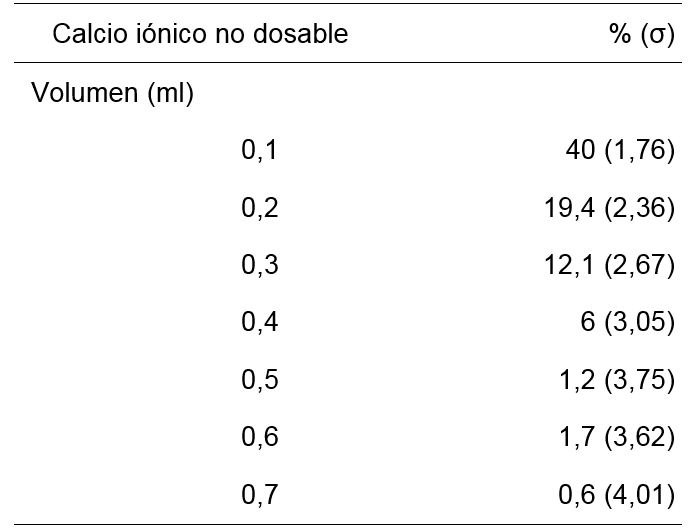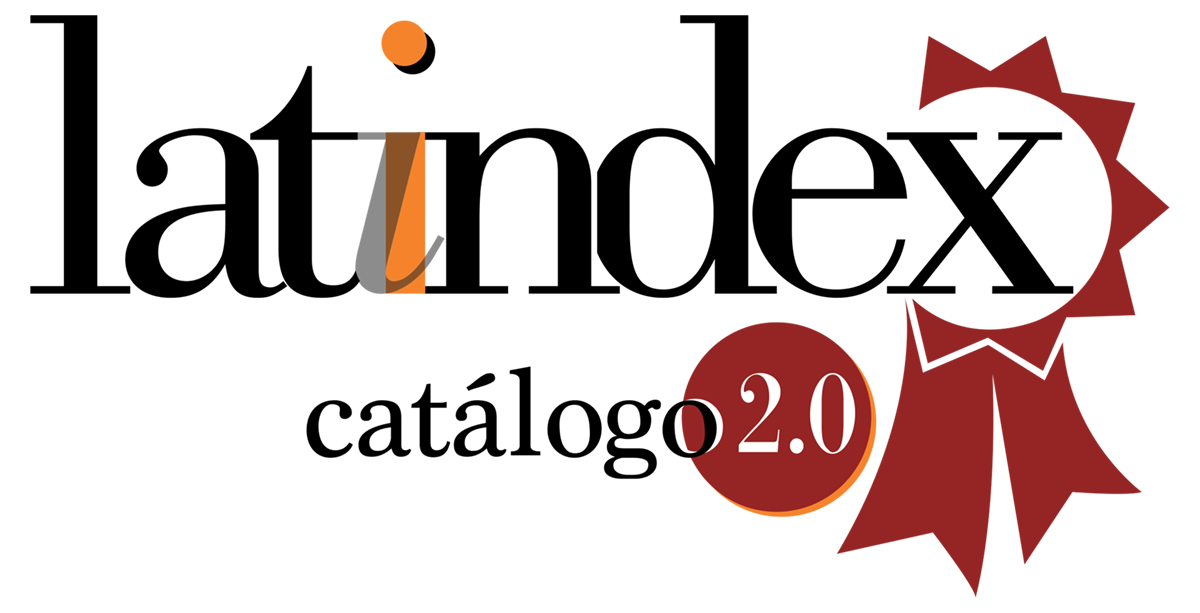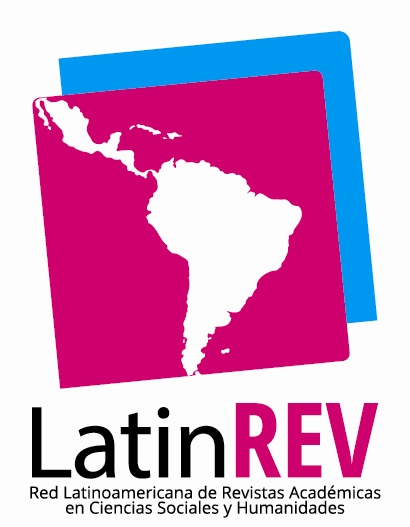Desempeño del proceso preanalítico del análisis de gases sanguíneo en un hospital pediátrico en la ciudad de Lima, 2018
DOI:
https://doi.org/10.58597/rpe.v2i2.60Keywords:
Diagnostic errors, Blood gas analysis, Preanalytical errors, PediatricsAbstract
Objective: To describe the performance of the preanalytical process during blood gas analysis (BGA) at the INSN-2018. Materials and methods: An observational, descriptive, and cross-sectional study was developed, and it identified critical points during the analysis in requests from 2428 patients by applying the sigma (σ) metric. Results: 62% presented preanalytical errors in the BGA, 93% of the cases corresponded to syringes and 7% to capillaries. In syringes, relative errors are illegible request (13.3%), rewritten (2.4%), and temporary (1.1%). In samples, relative errors are clot (1.6%), bubble (12.3%), without plug (56.1%), and little volume (12.6%). In capillaries, relative errors are illegible request (10.8%), rewritten (8.8%), and temporary (3.1%). In samples, relative error is the bubble (1.3%). Critical services have greater preanalytical error in syringes (72%) and capillaries (67%) than other services. Also, volumes less than 0.4 mL were considered unacceptable according to the sigma values. Conclusions: It was found that there is a high rate of preanalytical errors, coming from critical units, where samples taken from syringes presented the greatest problems. At the hospital it is recommended to implement quality policies focused on the pre-analytical phase and to purchase appropriate devices for sample collection for BGA.
Downloads

Downloads
Published
Issue
Section
License
Copyright (c) 2023 Víctor Julio Arellano Núñez

This work is licensed under a Creative Commons Attribution 4.0 International License.

















